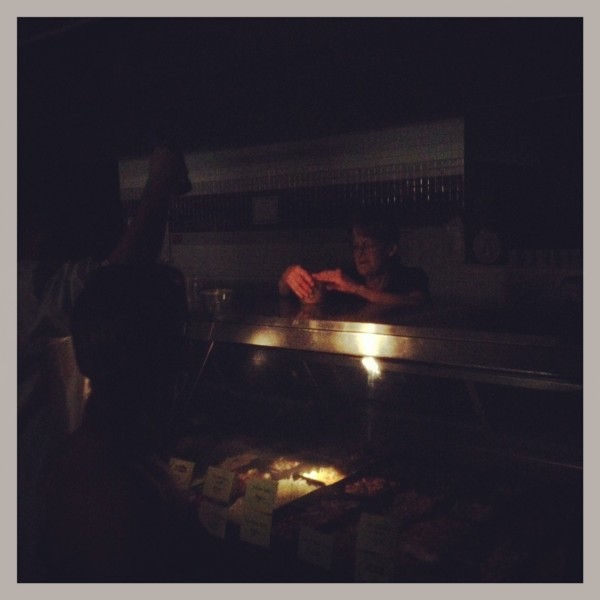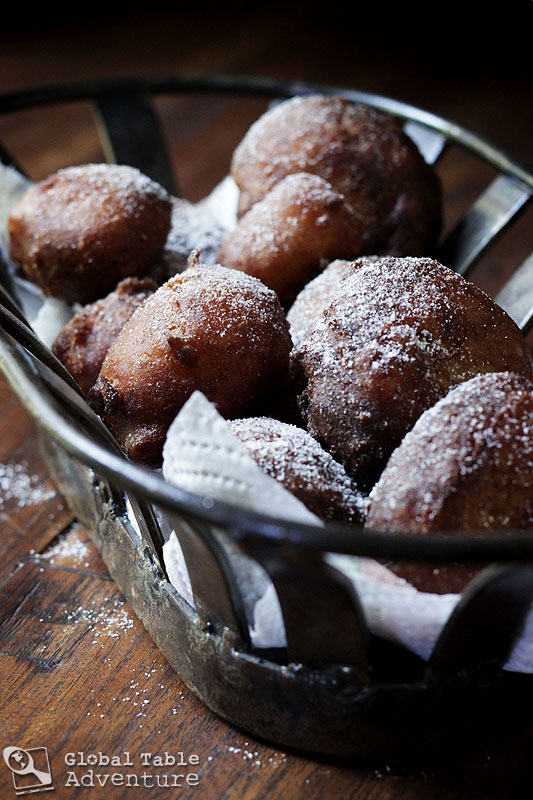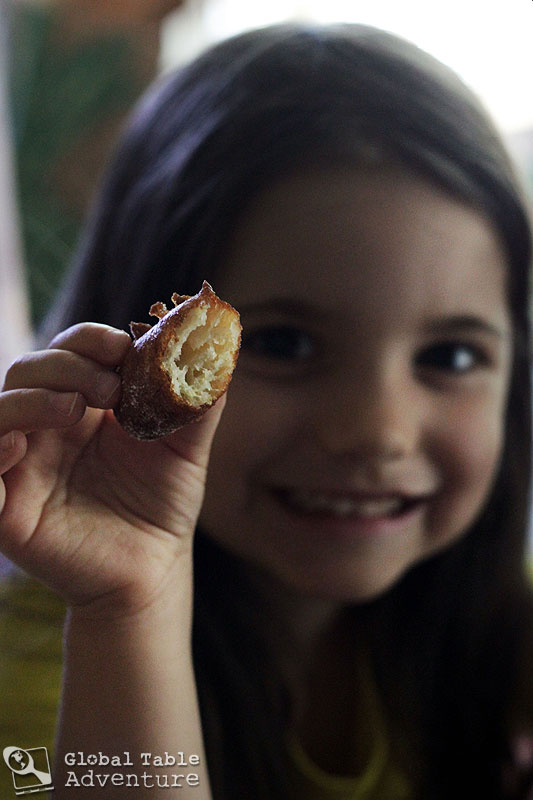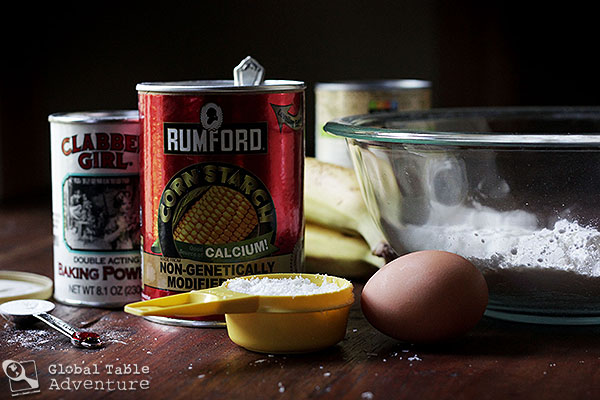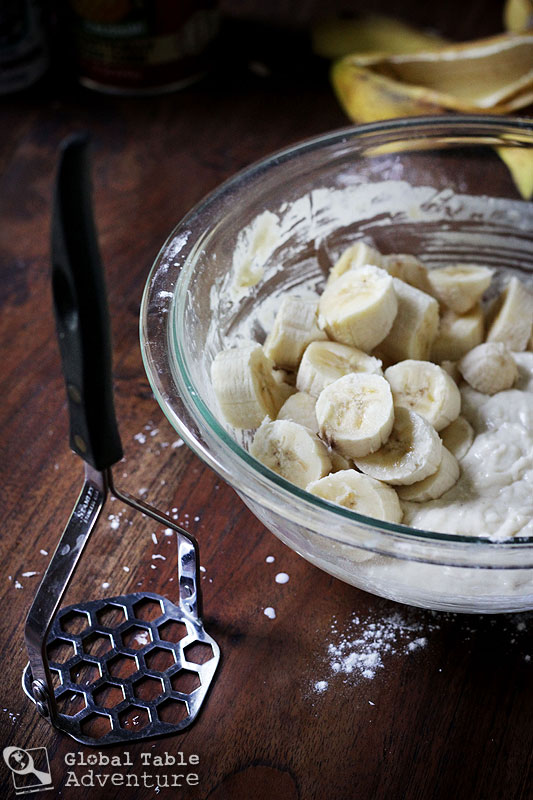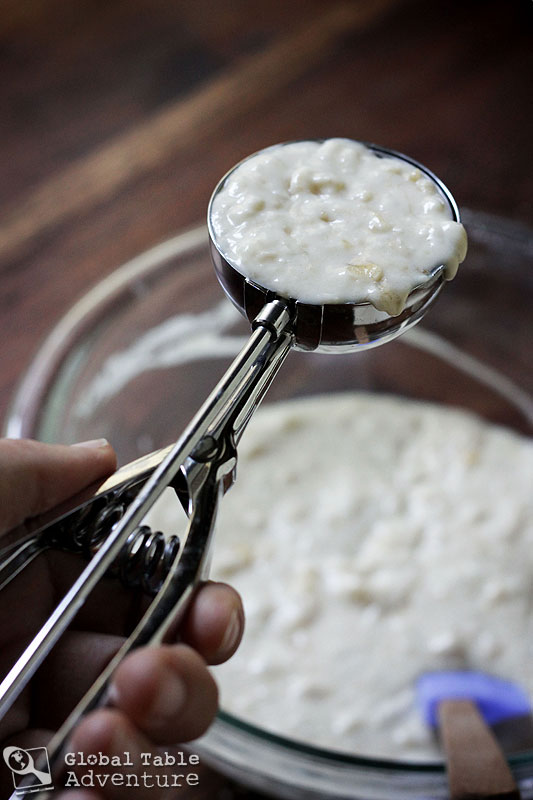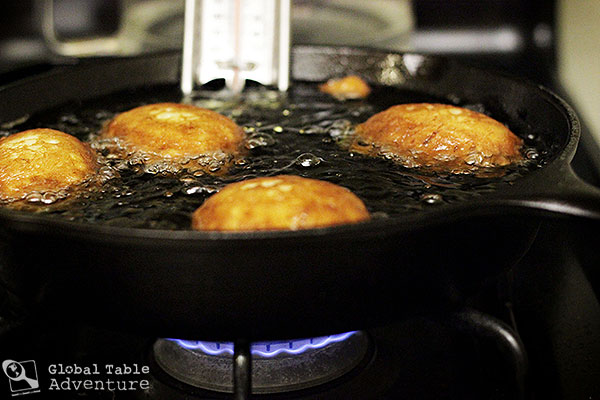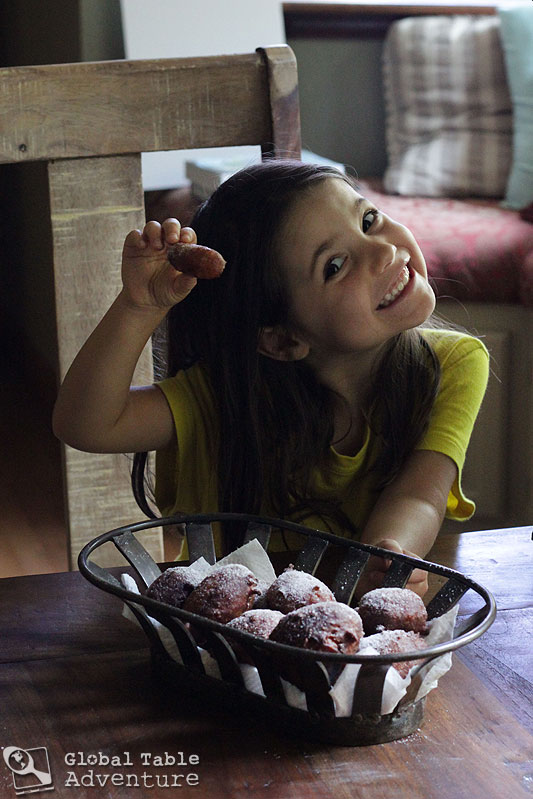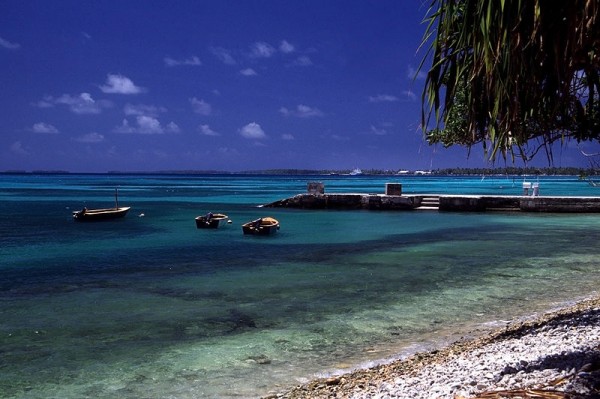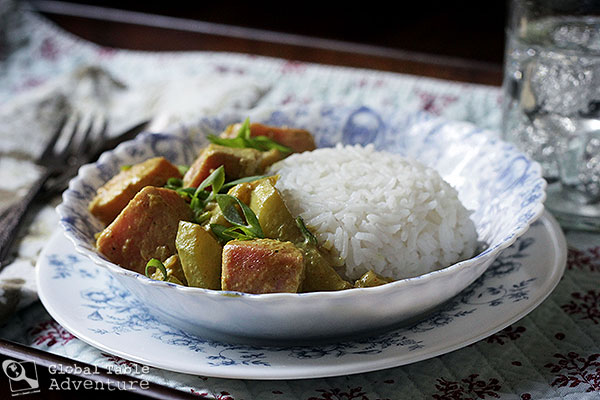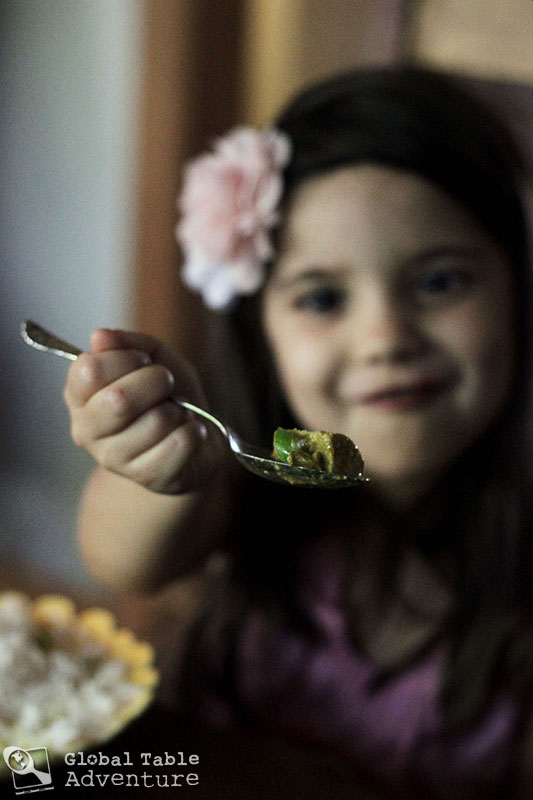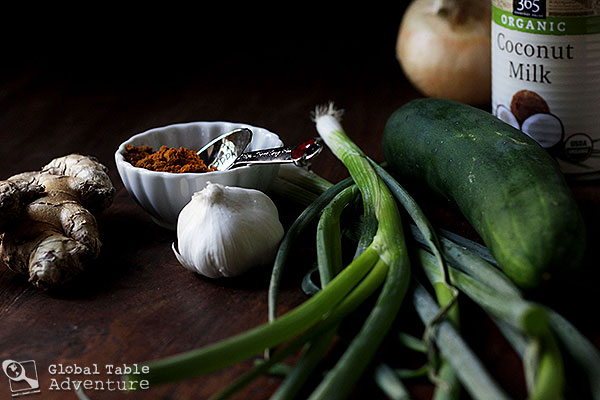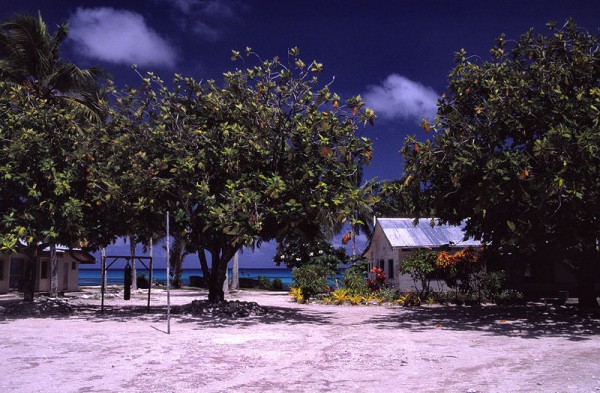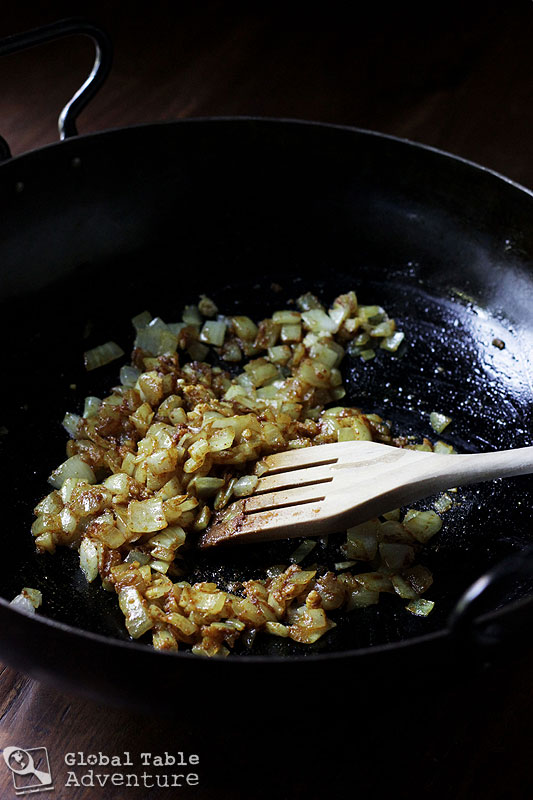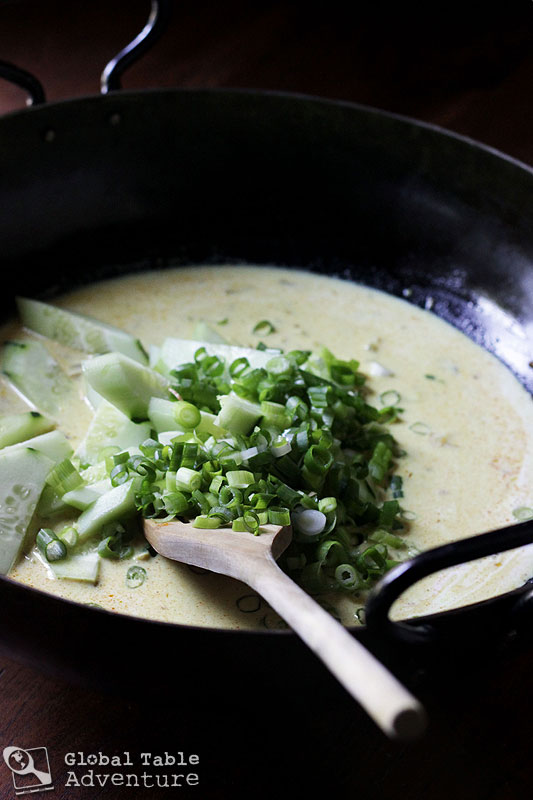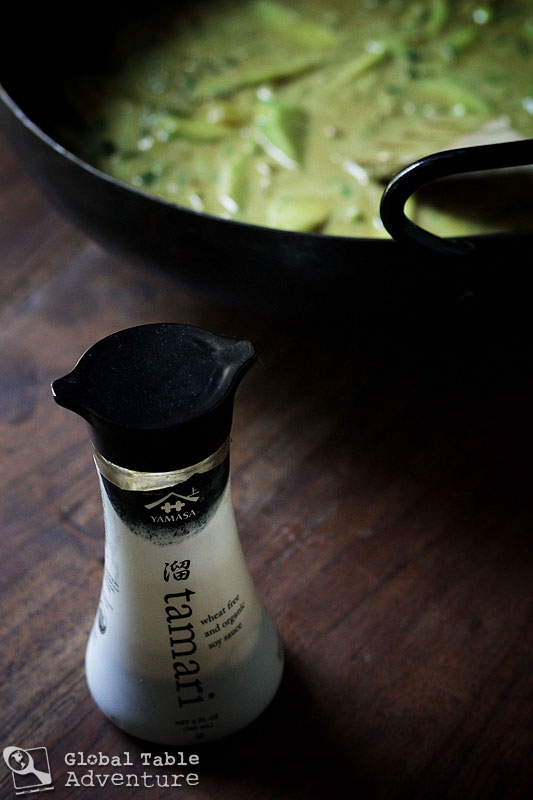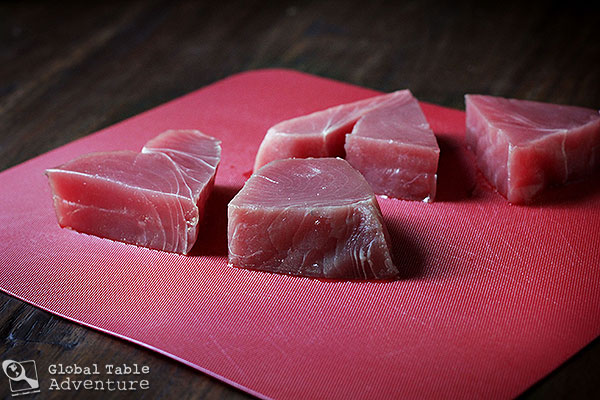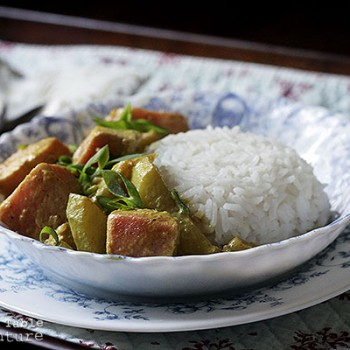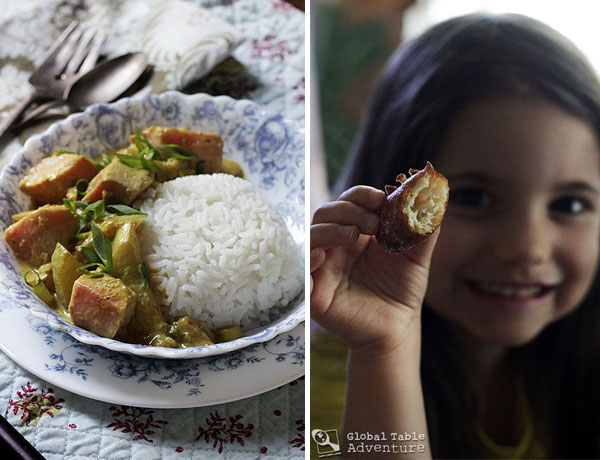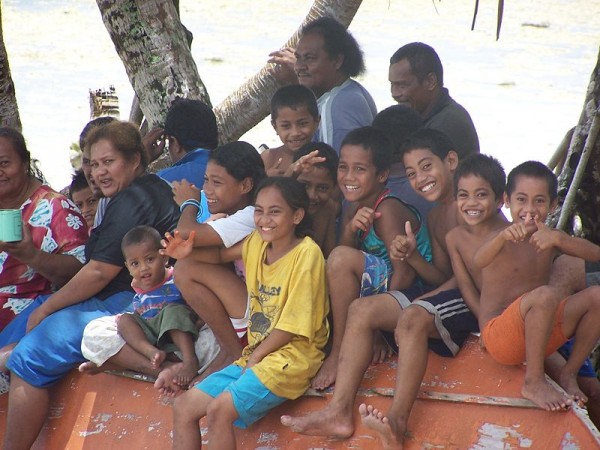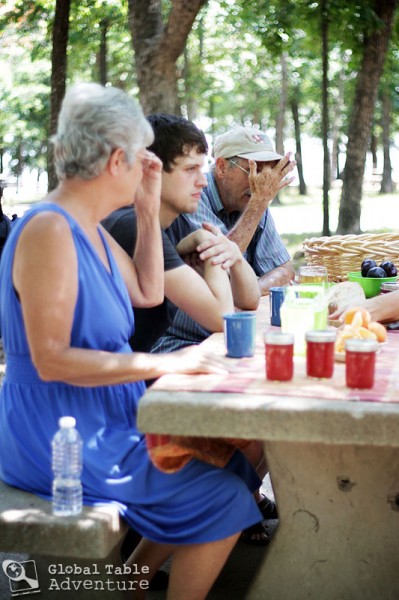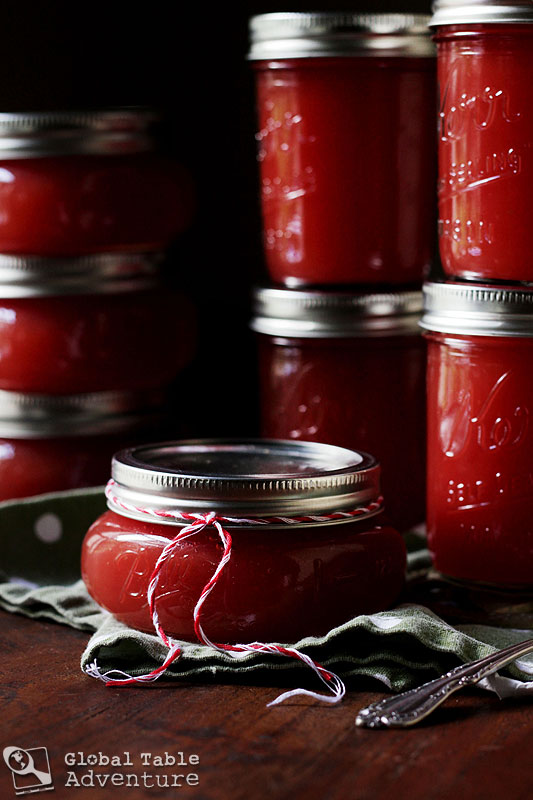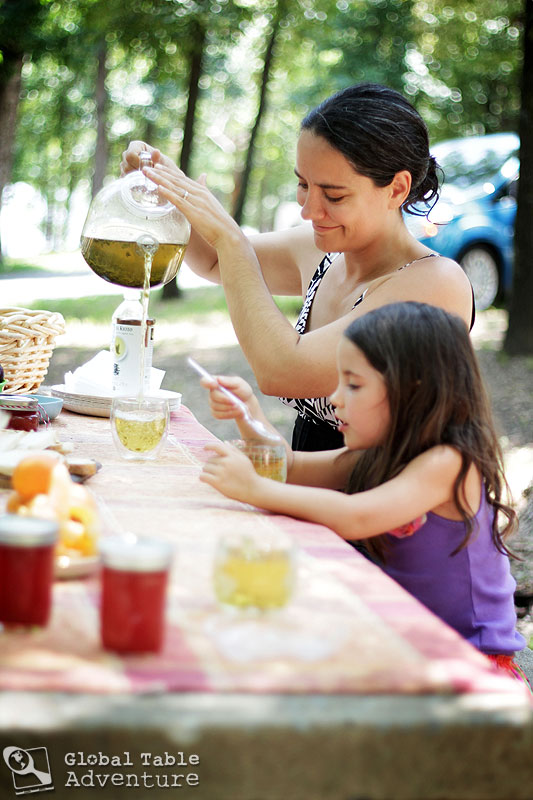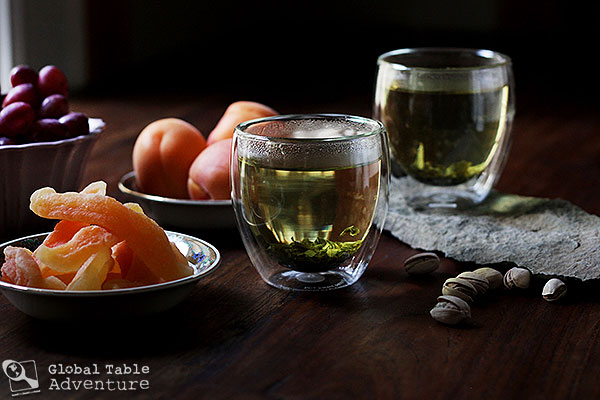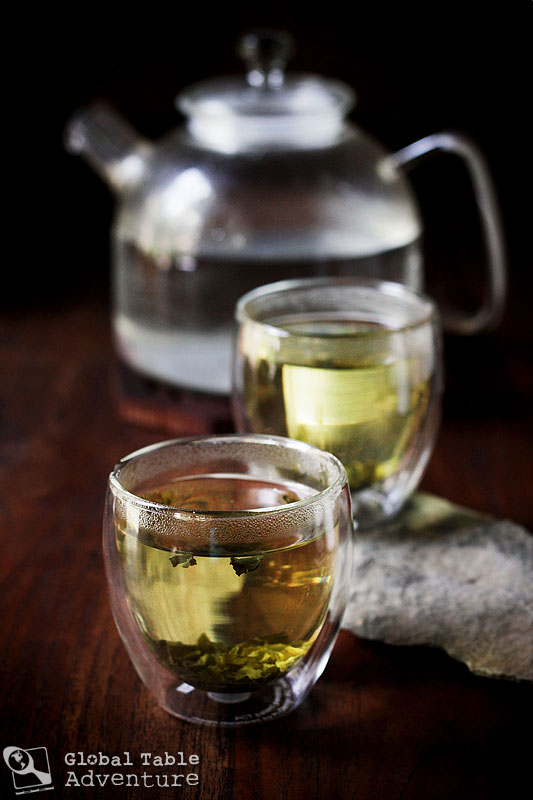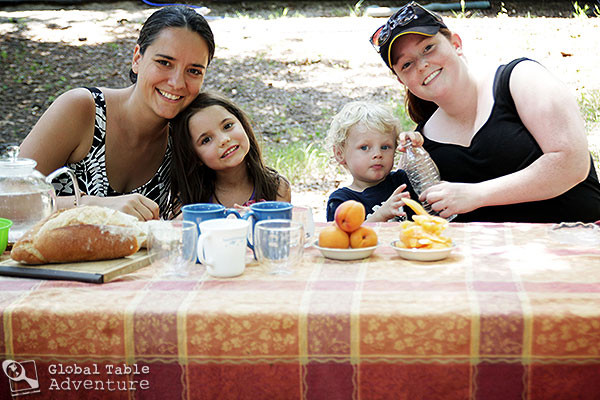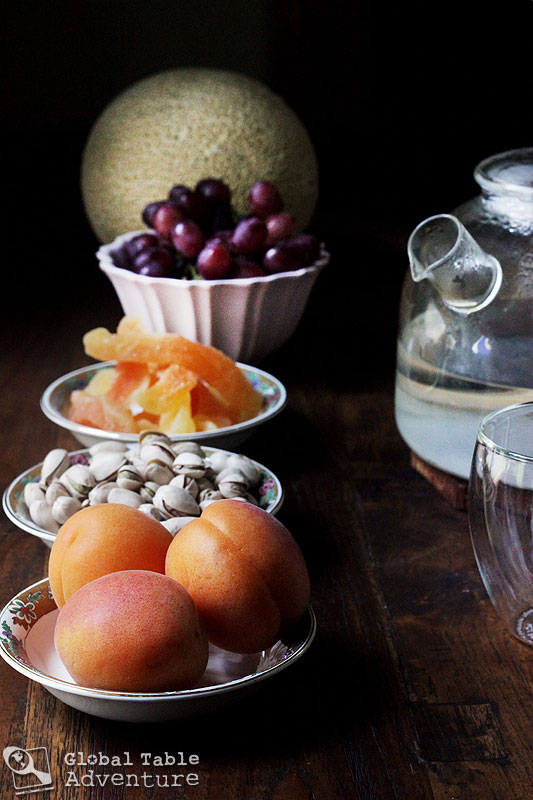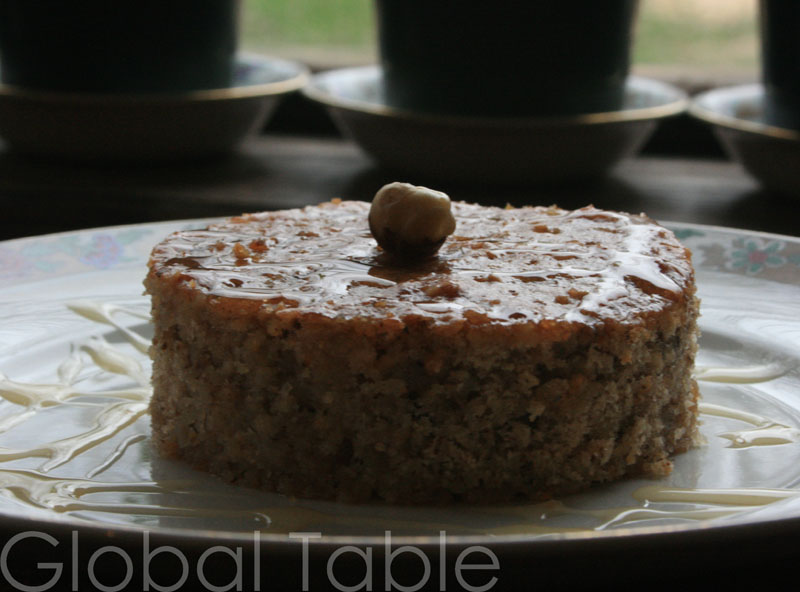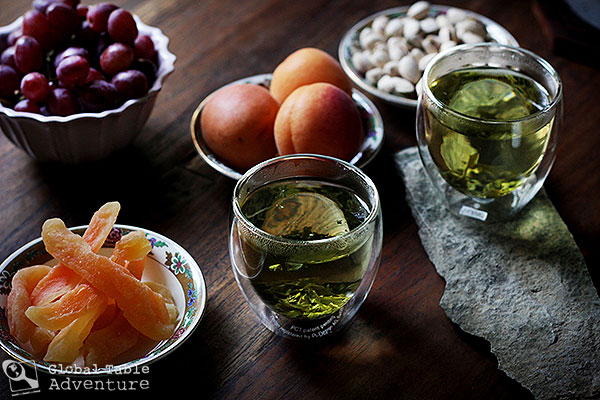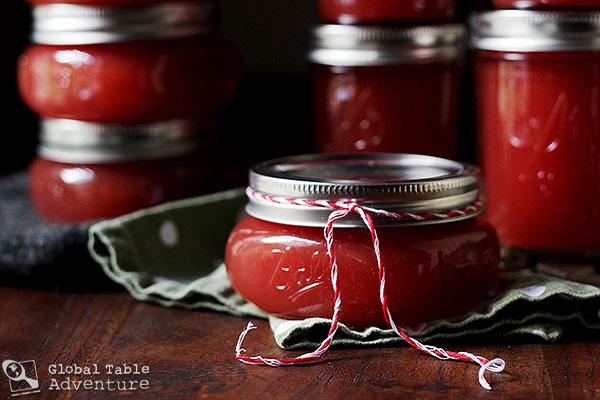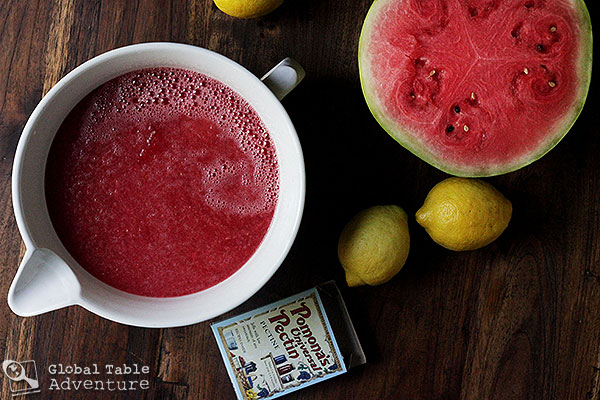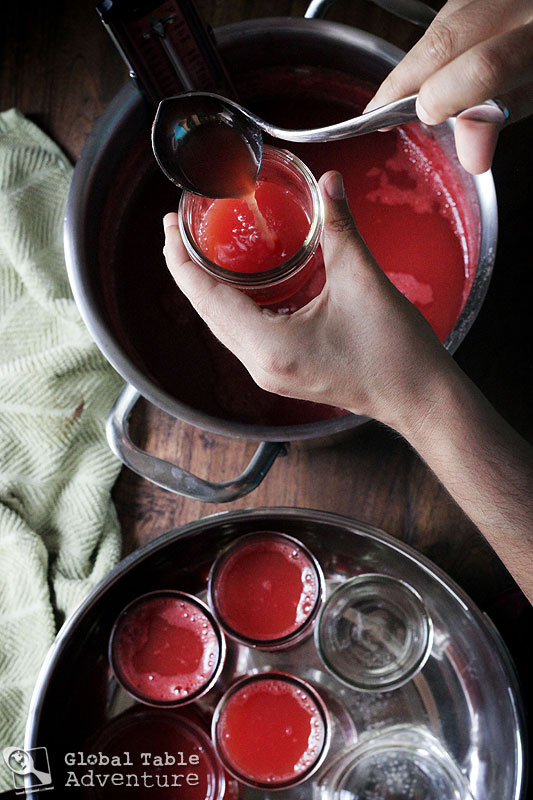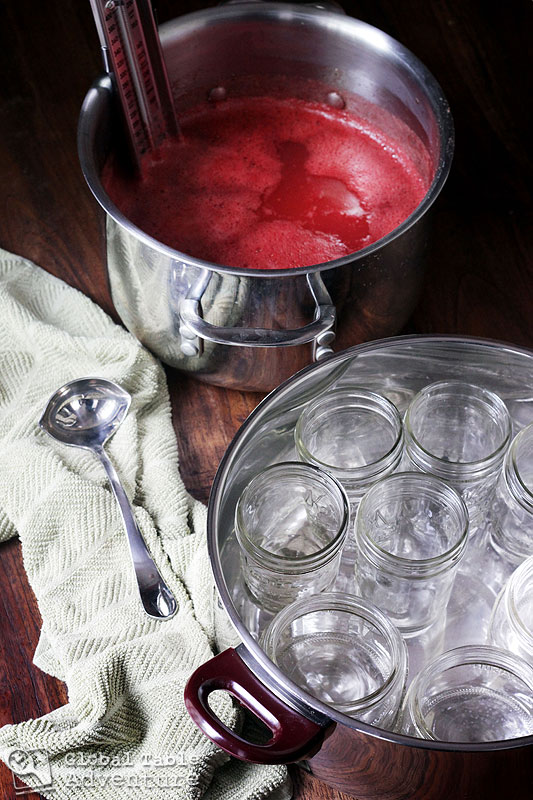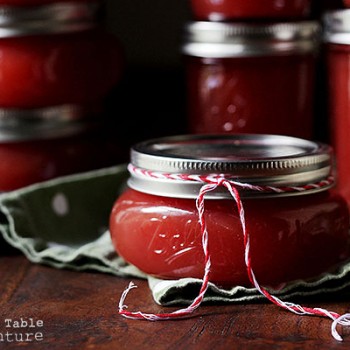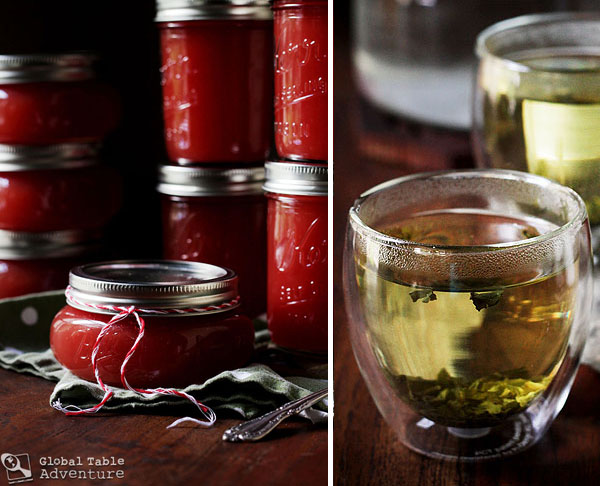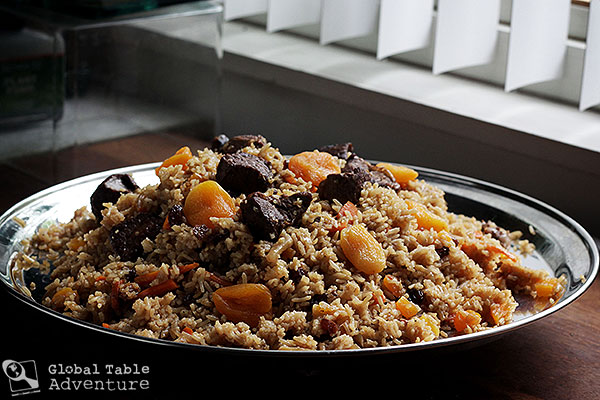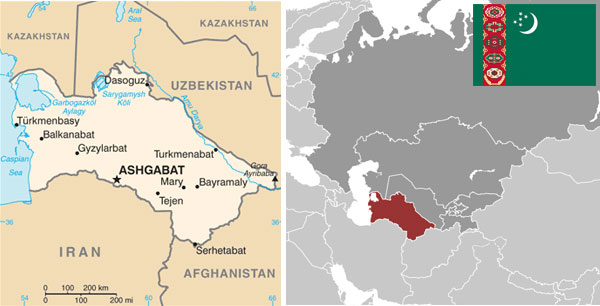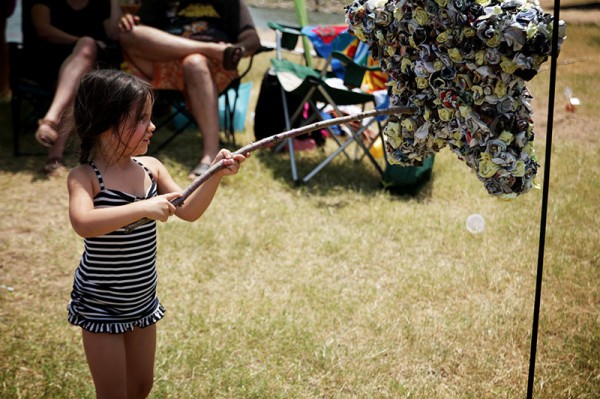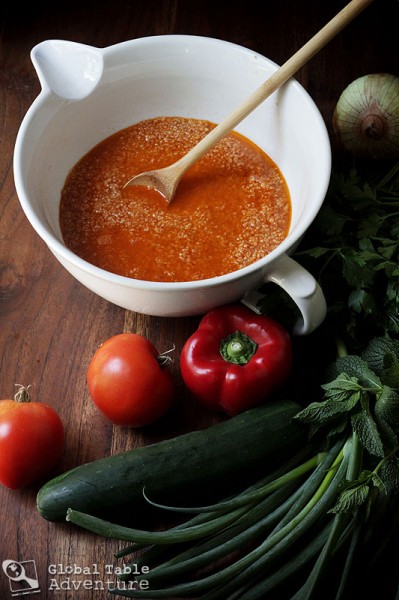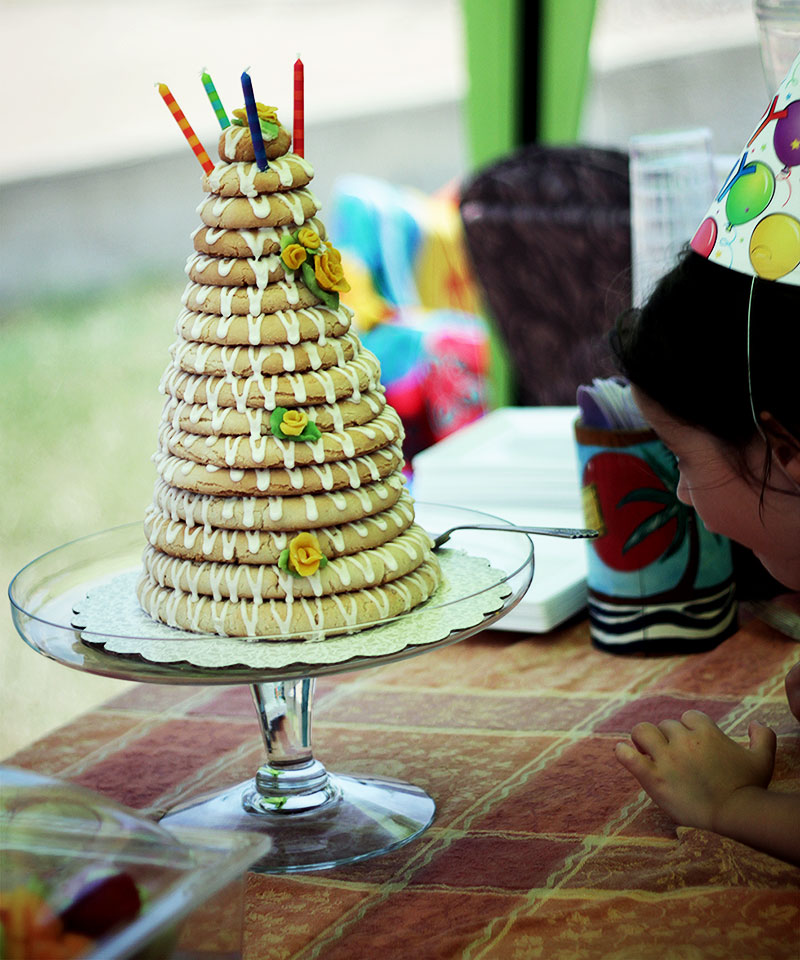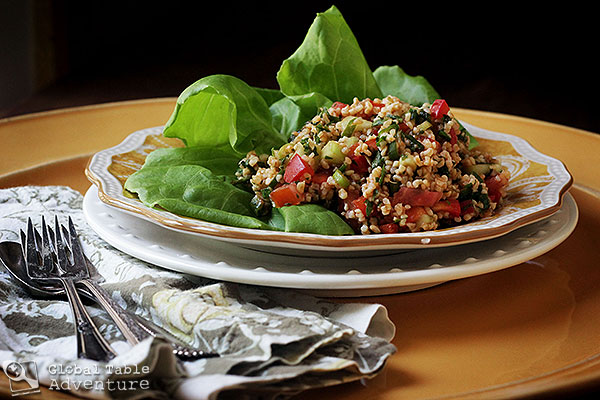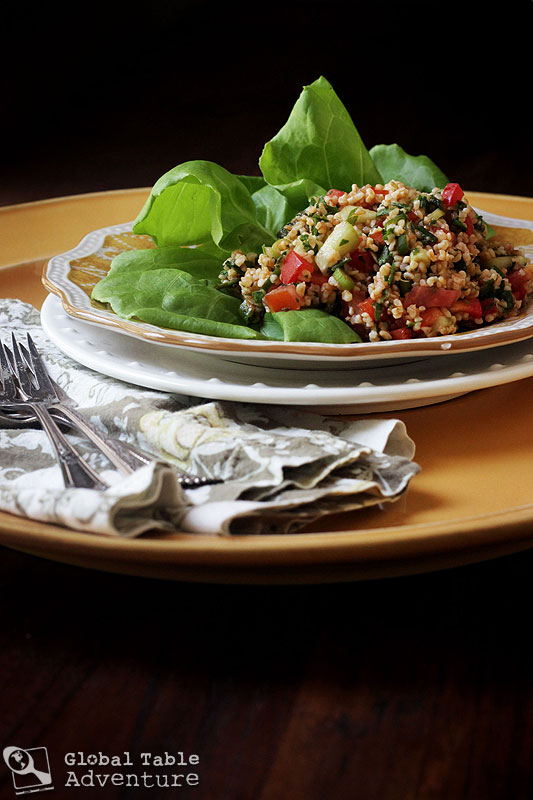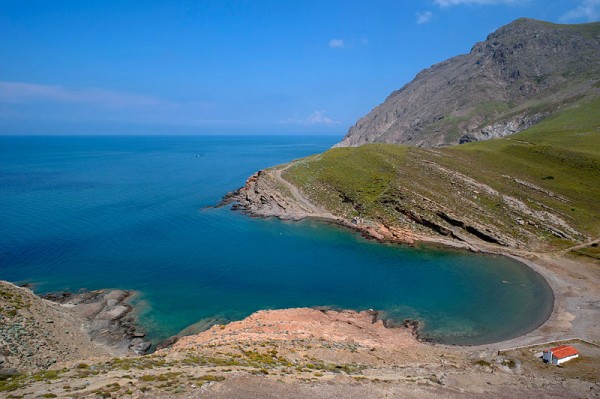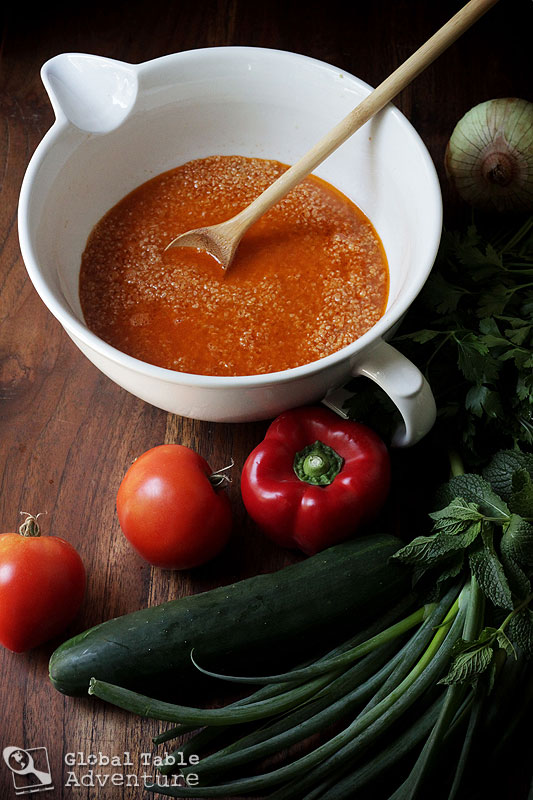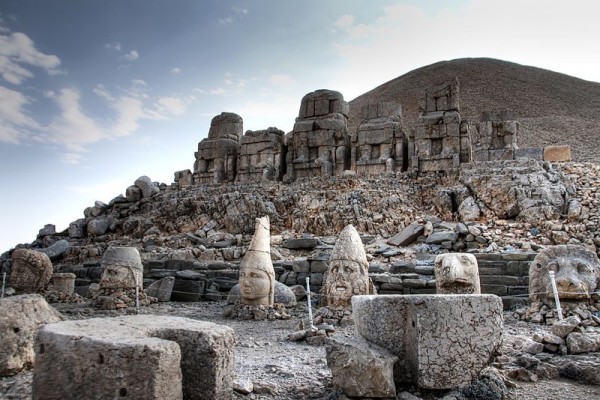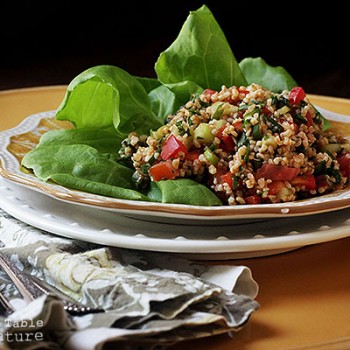In times of plenty, it’s easy to forget about times of scarcity.
When we have electricity, we forget what it feels like to read by candlelight (or not at all).
When we have food, we forget what it feels like to not know where our next meal will come from (if we ever knew what that felt like at all).
When I was a tiny tot, I spent some time in a homeless shelter. My mom was a single mom, doing the best she could (I love you, mom!), but one thing led to another and we found ourselves on the street. I don’t remember those days – I was too little, but mom does. She remembers, in particular, the long lines to get into the shelter, and the congestion once inside. She remembers not knowing what the next hour would hold, let alone the next day. Soon after, a friend took us in and mom gradually saved up enough money for us to get our own place.
We persevered with assistance; I remember plenty of penny pinching and cabbage eating.
But we had each other.
Decades later, it’s easy to forget about those times. My life is a far cry from any want or need. We’re by no means wealthy. We live in what I’d call a starter neighborhood, full of people on either end of their life’s journey. New families are as common as the sequestered elderly.
Having lost perspective, I find myself complaining about my house. It’s too small. Too old. Full of cracks. It’s surrounded by four empty homes, that are either been abandoned or put up for sale. Instead of appreciating having a roof over my head and the one set of neighbors we actually do have, I find myself nitpicking my situation.
Bottom line, I have security.
A good life.
A fantastic life.
I just lose track of the forest for the trees, sometimes.
I do it with food, too. I find myself complaining about the food I eat. It’s too cold. Too fattening. Weird looking.
In reality, I should be saying thanks that I have food at all.
This week, Tuvalu and a healthy dose of fate snapped me right out of it. The people of Tuvalu know what it means to appreciate food. Every month they have a very palpable reminder: the shipping schedule. Store shelves aren’t continually stocked. By the end of the month they lay barren, hungry, and dust riddled. Expectant eyes scan the horizon, looking for that next ship.
Hopeful.
It’s not that the people go without food, but their supply isn’t as seamless or constant as ours.
It keeps them aware.
Appreciative.
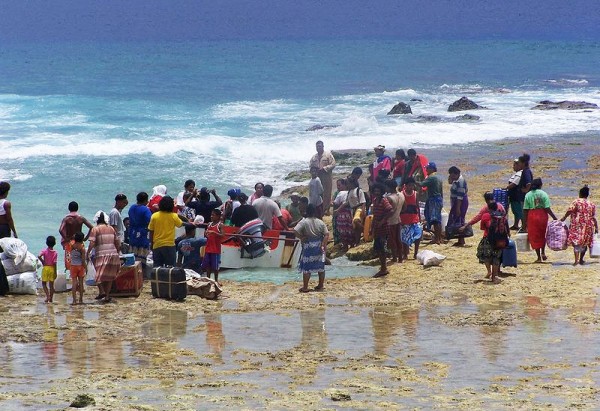
Cargo is offloaded from tenders that transfer passengers & cargo between the inter-island ferries and each of the outer islands of Tuvalu (here on the island of Niutao). Photo by Cesqld.
It just so happened that I cooked Tuvalu the same week we had a tremendous storm in Tulsa. We lost power that night. Many lost power for days. Whole Foods completely shut down and lost a tremendous amount of perishables. When they reopened, many shelves in dairy and produce were empty. Next door, Food Pyramid was operating in the dark, with flashlights, with the occasional burst of light from generators. (While I have questions about the safety of their decision, I admire their fortitude.)
I felt a little put out by all this, but then Tuvalu swept in to remind me that this could be our happy normal.
Funny how perspective works, isn’t it?
THIS WEEK’s FOOD
Tuvalu Tuna [Recipe] 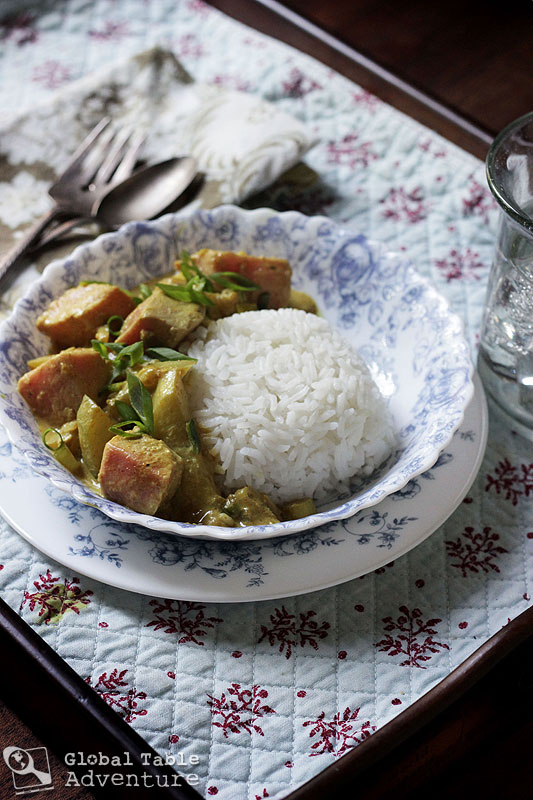
What I loved most about this dish:
Tuvalu Tuna is wonderful. It’s well-spiced, thanks to the curry, the ginger, and garlic. It’s smooth and creamy, thanks to the coconut milk. It’s also unusual, being loaded with cucumber and soy sauce. I never expected curry to taste good with soy sauce; but soy sauce adds so much more than just sodium – there’s a true depth of flavor that really pops this dish to life. Ava and Keith really enjoyed this.
What I loved least about this dish:
Nothing. I cooked our tuna rare, which was delicious, but you could fully cook it and the curry would still be grand.
Coconut Banana Fritters [Recipe] 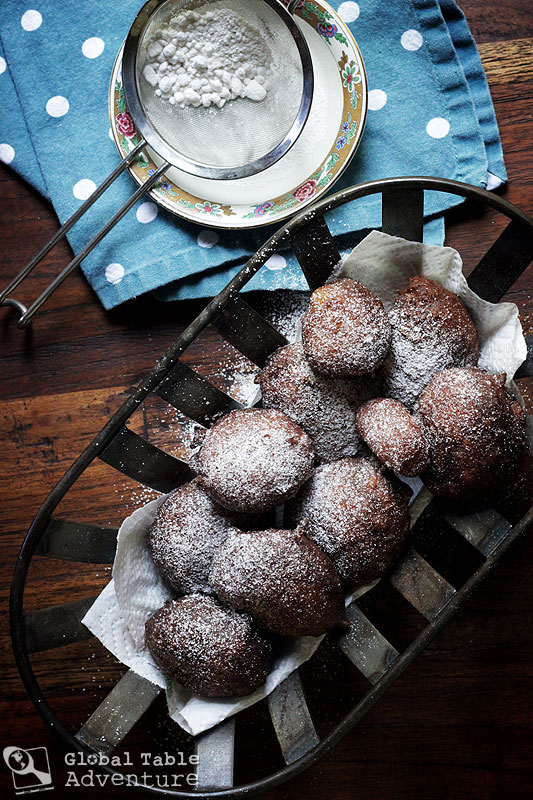
What I loved most about this dish:
I’m not a huge fan of deep-fried food, but my family is. Keith and Ava swarmed these fritters like vultures- so much so that I had to kick them out of the room while I was taking pictures, for fear they’d reach in and snatch them from beneath my very nose. Ava ate three small ones, and if I hadn’t stopped her, she would have kept going. Not bad for someone who generally dislikes bananas.
What I loved least about this dish:
These tasted perfect, although I might make them smaller next time. They get really brown as big as I made them (not quite as dark as these photos, that’s the contrast from Photoshop).





